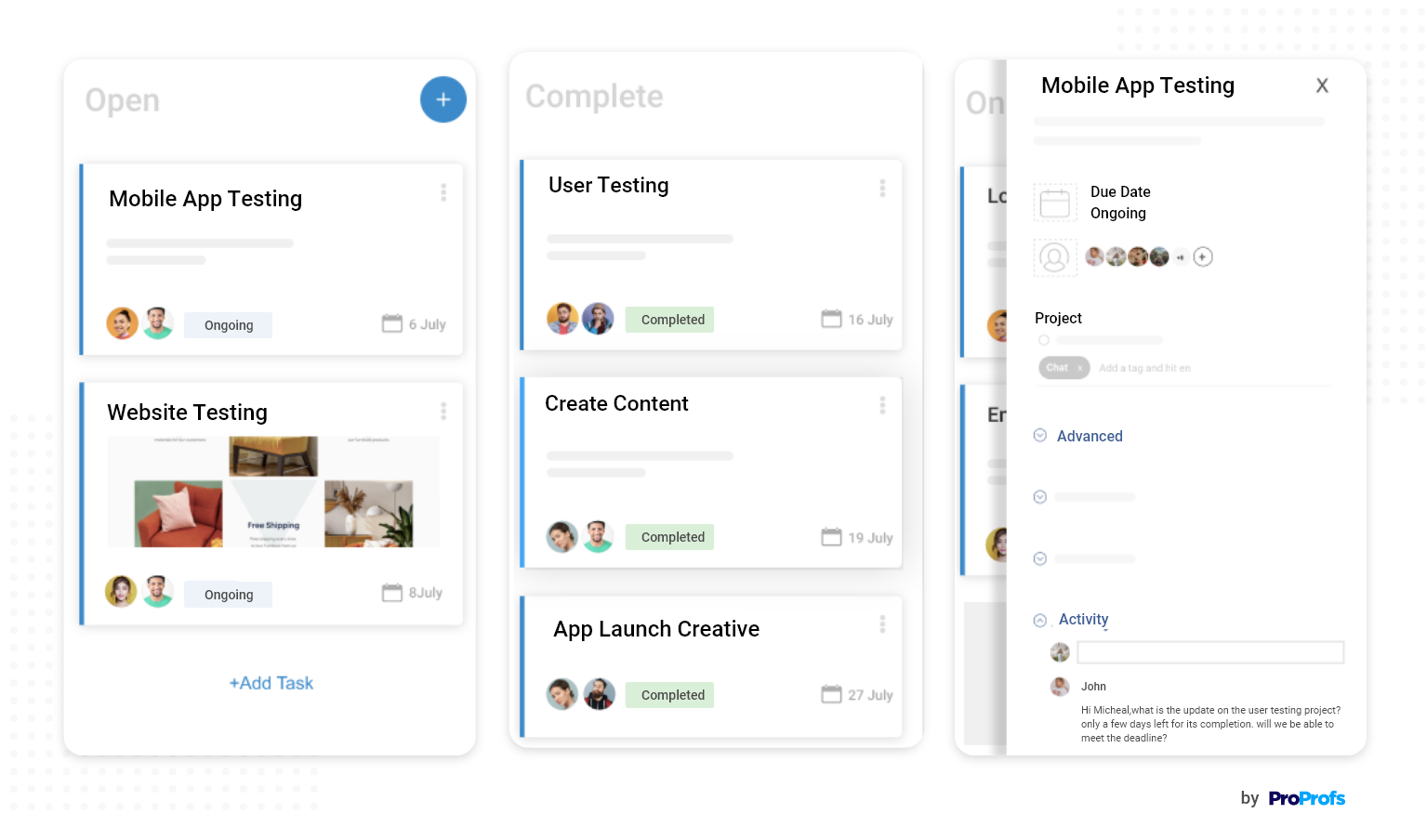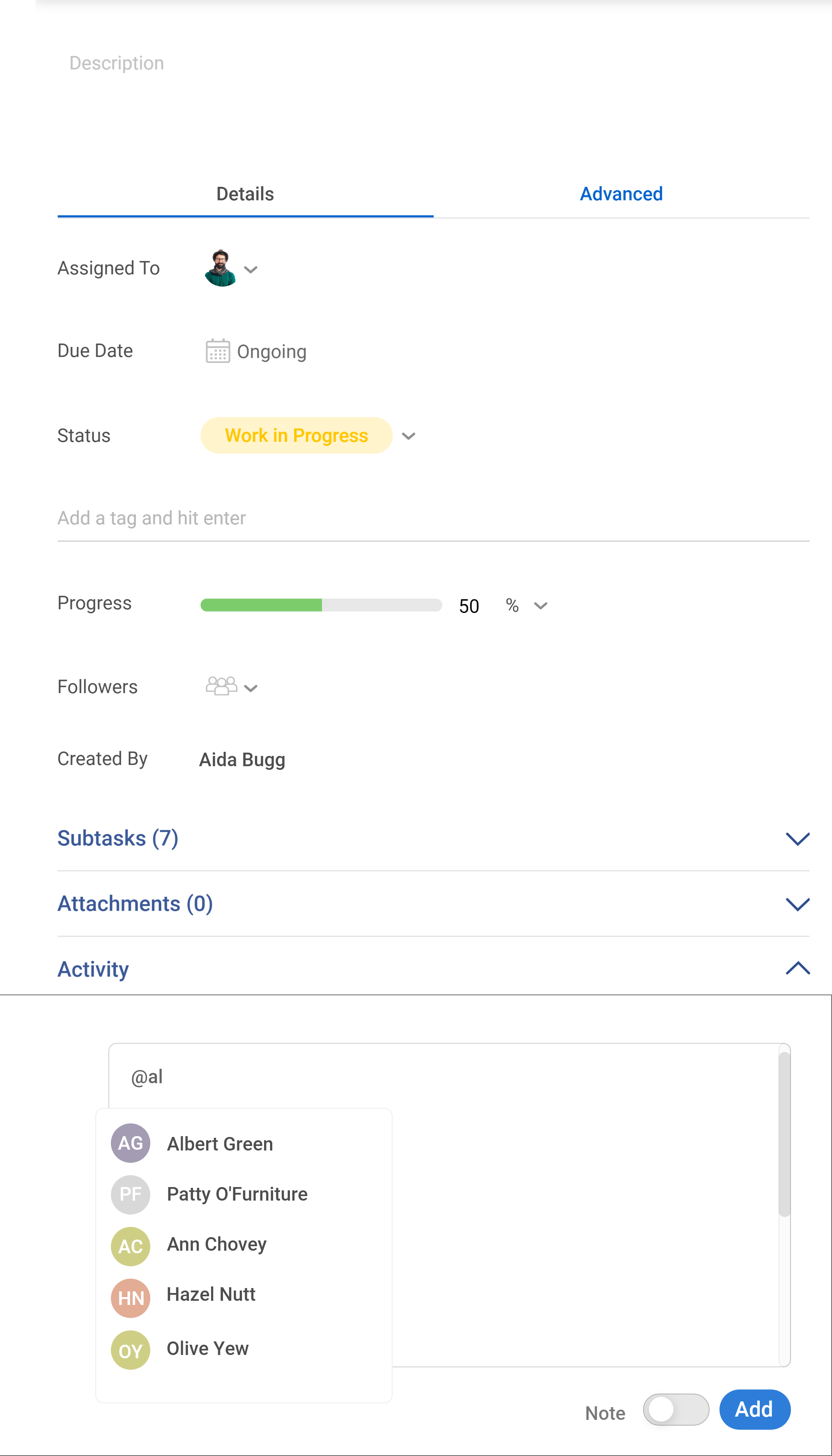
Starting your journey as a project manager is no fairy tale. You have too many things on your plate – assigning tasks, meeting deadlines, setting budgets, risk management, and all sorts of things.
I wonder how things are even more challenging for those managing multiple projects simultaneously! Don’t worry – I have something for you.
Whether you’re an experienced project manager or just setting the sails for the first or second time, having a well-defined project management checklist is nice. That’s what I bring to the table for you in this blog.
Let’s get started.
10 Factors to Remember Before Starting a New Project
Over the last few months, I expanded my research by connecting with professional project managers and team leads to learn how they handle pressure while managing multiple projects.
Needless to say, I found it imperative to invest in reliable project management software. I’ll talk about that a bit later.
Here are the 10 ultimate steps you need to remember to kickstart projects. Don’t worry. I won’t just be throwing random texts at you, but I will also guide you on how to do them.
1. Define Project Objectives
If you run a business that focuses on making clients happy, it’s crucial to deliver what you promised. You and your team must be on the same page to meet clients’ expectations. That’s where the necessity of having clearly defined project objectives comes in.
- What is the purpose and scope of your project?
- What are the expected deliverables and benefits?
- What are the success criteria and key performance indicators?
These are some of the questions you must answer before proceeding.
Now, let’s proceed to what you have been waiting for – the “How” to do it. Here are some steps we follow in our team –
First, concisely summarize the project objectives using the SMART criteria (Specific, Measurable, Achievable, Relevant, and Time-bound).
Second, validate the objectives with key stakeholders and get their approval.
Third, document the objectives in a project initiation document and share it with your project team and other relevant parties.
To know more, read – What Are the Objectives of Project Management?
2. Create a Project Plan
A project management strategy is a comprehensive document that outlines the key aspects of your project, such as scope, schedule, budget, quality, resources, risks, communication, and so on. It serves as a blueprint for your project and guides you throughout the project lifecycle.
Here are some simple ways to create yours –
- Use a project management methodology that suits your project type, size, and complexity, such as waterfall, agile, hybrid, etc.
- Get a simple project management tool like ProProfs Project to help you with task management, time tracking, team collaboration, reporting, resource planning, and more.
- Break down your project into manageable deliverables and tasks, and assign roles and responsibilities to team members.

- Define the quality standards for your project deliverables.
- Review and refine your project plan and get it approved and signed off by key stakeholders.
Read More: Project Planning: What Is, Importance, How to Implement, & More
3. Set a Project Budget
The third step is to set a project budget. It includes the costs of labor, materials, equipment, software, travel, contingency, and so on.
Setting a project budget is important because it helps you allocate funds appropriately and efficiently. It also helps you control project costs and avoid overspending. Moreover, it enables you to measure your project’s financial performance and ensure you deliver it within budget.
So, how do you set a project budget from scratch? Here are some tips that I personally follow –
A bottom-up approach to estimate the costs of each project task and deliverable and add them up to get the total project cost
A top-down approach to compare your total project cost with the available or allocated project funds and adjust the scope, schedule, or resources accordingly
Document your budget in the project plan, and get it approved and signed off by your sponsor and key stakeholders
Looking for a more comprehensive guide to project planning? Here you go –
Project Budgeting 101: Tips for Sure-Shot Success
4. Manage Stakeholder Expectations
Managing stakeholder expectations is important because it helps you build positive and productive relationships with them. It also helps you align the project with their expectations and deliver what they value and desire.
Furthermore, it helps you resolve issues that may arise due to unrealistic expectations and ensures stakeholder satisfaction and engagement.

These are some ways to help you manage stakeholder expectations –
- Communicate regularly and understand their expectations, concerns, and feedback regarding your project.
- Set achievable expectations, and avoid promising more than your team can deliver.
- Document the expectations of stakeholders and share them with your team.
5. Check the Available & Required Resources
Resources are the assets needed to complete a project, such as human, material, financial, etc. Checking the availability of required resources is essential because it clarifies whether tasks can be completed efficiently and on schedule.

With ProProfs Project’s resource planning capabilities, you can –
- Review project scope, schedule, and budget and determine the type, quantity, and quality of resources needed for each task.
- Review the current resource inventory and identify the resources you already have or can access quickly.
- Make a list of required resources using the appropriate procedures, such as hiring, outsourcing, purchasing, etc.
You may also want to read – Project Resource Management 101: For Flawless Project Journeys
6. Conduct a Thorough Risk Assessment
Projects often encounter unforeseen challenges leading to bad outcomes or even failure. It’s disappointing, but this is something most project managers deal with. So, when planning a project, it’s crucial to write down ways to deal with these problems.
Conducting a thorough risk assessment is important to prepare for the risks that may occur in your project. It also helps you minimize the negative impacts.
Here are a few ideas you can consider –
- Use risk assessment software such as ProProfs Project, which offers features like a risk register, matrix, risk report, etc.
- Identify the potential risks that may affect your project using various techniques, such as brainstorming, interviews, checklists, etc.
- Prioritize the identified risks based on their impact using qualitative and quantitative methods, such as risk rating, risk score, etc.
Read More: How to Overcome Risks Using a Comprehensive Risk Management Plan
7 Communicate & Collaborate Effectively
Effective communication and team collaboration is important because it keeps everyone informed throughout the project lifecycle. It also helps you address queries, issues, or changes that may arise during project execution.
For effective project management communication, a decent software solution is a prerequisite. From my experience, ProProfs Project has many impressive team collaboration tricks up its sleeve.
You can tag someone with @ mentions, add users and followers, and create teams. The software also lets you add task comments, send auto-reminders to members in their inboxes, and more.

Read More: 20 Best Project Collaboration Software of 2024
8. Set up Milestones & Evaluate Progress
Milestones are significant events or achievements that mark how much work has been done and how close you are to the initial project goal.
You can monitor project performance and status by setting up milestones and evaluating them occasionally. It also helps you identify deviations, delays, or problems in project execution. That helps to understand whether there is a need to change something before the project goes off track.
Some of the easiest ways I track milestones are –
- Using project management software like ProProfs Project, which lets me manage milestones with features like Gantt charts, calendars, dashboards, etc.
What Is Gantt Chart & Why Is It Important?
- Reviewing project schedules and identifying the key milestones that represent the completion of a major phase
- Assigning specific dates and criteria to each milestone, ensuring they are achievable
- Communicating with the team and stakeholders to ensure they are well aware of what needs to be done
- Measuring project progress against the milestones, using appropriate indicators, such as percent complete, earned value, etc.
9. Quality Check throughout the Project Lifecycle
The reason I think quality checking throughout the project lifecycle is crucial is because it helps you prevent defects or errors. You can have a team in place to verify that your project deliverables and processes conform to the quality standards and criteria that you have defined in your project plan.
Easier said than done? Well, actually, it’s not that tough if you follow these simple steps –
- Adhere to the agreed quality standards and criteria for your project deliverables and processes.
- Use a quality management software or tool that supports your quality check process.
- Perform quality assurance activities throughout the project lifecycle – using various methods, such as process improvement, quality control, quality review, etc.
To know in more detail, you may want to check this article –
Project Quality Management 101: Benefits, Elements & Tools
10. Closure & Evaluation
The best way to formally end your project is by –
- Using a project closure checklist to ensure you’ve delivered all project deliverables and fulfilled all contracts and agreements
- Conducting a project evaluation survey to analyze the feedback and opinions of your project team and stakeholders
- Update the project evaluation outcomes in your project plan and share them with everyone
- Project evaluation helps review your project performance and identify the lessons learned and best practices that can be incorporated in the future.
Ready to Kickstart Your Next Project?
Handling projects is never supposed to be something that becomes the reason for your everyday headache if done right. By that, I do not just mean you need to follow all the above project management checklist steps, but there’s something else.
I often find project managers or team leads choosing a project management tool that’s not the best fit for their company. There! That’s also where the problem lies.
The project execution phase becomes easier with a reliable and simple tool. I’ve been using ProProfs Project for over a year or more, and think it’s a decent option for startups and SMBs looking for a simple project management tool.
It’s a decent software solution for teams that want an affordable tool that packs all the necessary project management features like resource planning, task management, portfolio management, time tracking, invoicing, reports, etc. I suggest you try its free trial first and see if it fits your requirements.
Do you want a free Project Management Software?
We have the #1 Online Project Management Software for effective project management.






